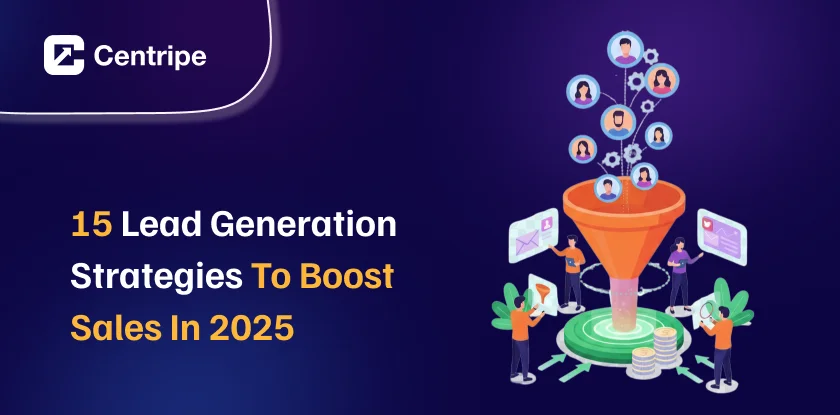Ever wondered how your top competitors get better leads?
The answer is simple…
Smart lead generation strategies.
Lead doesn’t just come from posting blogs. Smart companies use data + psychology to attract buyers.
In fact, companies with strong lead generation strategies generate 133% more revenue than those without.
After working with 200+ brands, I have seen what drives revenue.
In this blog, I’ll reveal the exact strategies that helped generate over $500 million in revenue.
15 Proven Lead Generation Strategies for B2B and B2C Success
There are two types of strategies:
- Inbound strategies
- Outbound strategies
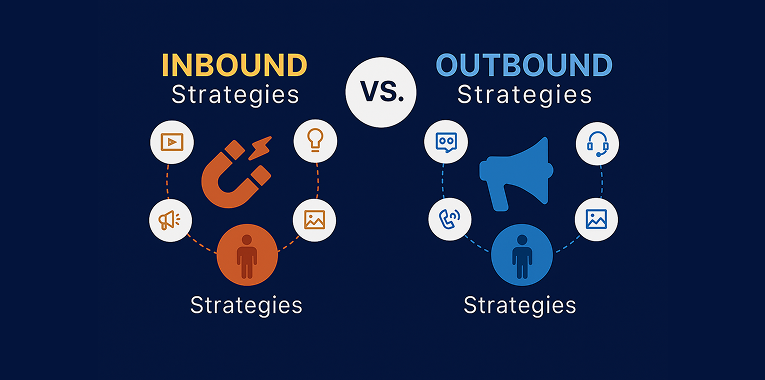
| Inbound Strategies | Outbound Strategies |
|---|---|
| Conversion-Optimized Landing Pages | Pay-Per-Click |
| Content Marketing Systems | Account-Based Marketing |
| SEO-Driven Lead Generation | Partner and Co-Marketing |
| Email Marketing Automation | Influencer Partnership |
| Social Media | |
| Webinars and Virtual events | |
| Interactive Content | |
| Referral Programs | |
| Conversational Marketing | |
| Community Building | |
| Retargeting and Behavior Triggers |
Inbound strategy
It is the method of letting people discover you on their own. Instead of reaching out to them directly.
Here’s how you attract them naturally:
1. Conversion-Optimized Landing Pages:
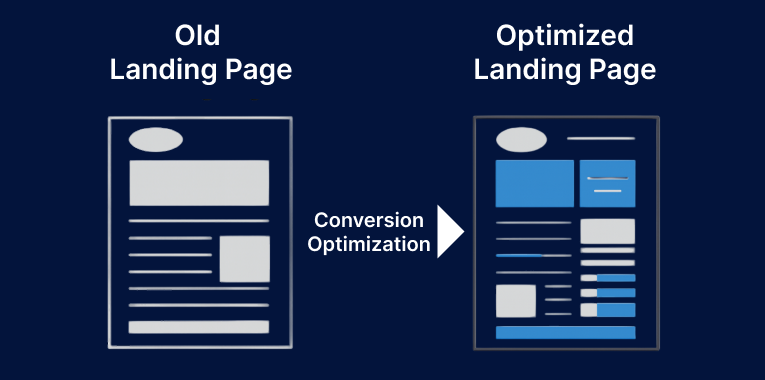
Want more leads? The first and most important strategy is focusing on your landing page.
Why? Because landing pages are where you send people to turn them into leads. As per stats by HubSpot, 48% of marketers create a new landing page for every campaign. As, it works great for capturing leads, but you need to use them wisely.
To make your landing page work, keep these 5 things in check:
- Headline
- Real Proof
- Simple Forms
- Mobile Friendly
- Fast Load Time
2. Content Marketing Systems:
Next is Content marketing, which is creating helpful or interesting content to attract and engage people. As per the latest data, it brings 3x more leads than paid ads and costs 62% less.
Let’s see those simple content strategies that work:
- Hub: One big, detailed pillar content (like a guide or main topic page).
- Cluster: A group of related subtopics that explore the main idea more deeply, helping your site rank higher in search engines.
- Spokes: Shorter pieces that support the hub and cluster topics, all linking back to the hub.
- Distribution: Finally, share your content where your audience spends their most time. (This is where most people drop the ball.)
Content that will help in generating leads (Based on real data):
- Interactive Tools & calculators: 43%
- Assessments and quizzes: 38%
- Original research reports: 27%
- Webinars: 24%
- Ebooks and guides: 21%
3. SEO-Driven Lead Generation:
SEO helps people find you on Google when they’re already looking for something you offer. Although, as per the research, organic search brings in 27% of B2B leads more than any other channel.
But for lead generation, you don’t need just visitors; you need the right ones, which you can get from SEO.
Key point in SEO for lead Generation:
- Schema Markup: Tells Google what your content actually means.
- Core Web Vitals: Measure how fast and smooth your site feels.
- XML Sitemaps: Help Google find all your important pages.
- Dynamic Rendering: Make JavaScript content readable for search engines.
- AMP (Accelerated Mobile Pages): Strips down your pages to load lightning-fast on mobile.
4. Email Marketing Automation:

Email marketing still works really well. DMA says you can get $42 back for every $1 you spend. But it is only possible if you stop blasting the same boring email to everyone.
How to Segment Emails That Give Results:
Send emails that actually feel relevant. Divide leads by:
- By Intent: Are they just learning or ready to buy?
- By Behavior: Heavy engagers vs. occasional openers.
- By Firmographics: Big businesses don’t want the same thing as startups.
- By Persona: The decision maker reads different content than the end user
To know more about it in detail, click on this blog: Email segmentation
5. Social Media:
Social media is not just for brand awareness; you can also use it to generate leads without spending too much.
But how to do it?
- Share helpful content, not just promotional: For attracting leads on social media, stop posting just promotional content. Instead, share content that helps people, such as tips, quick how-tos, or behind-the-scenes content. As people like to follow accounts that share genuine and helpful content.
- Offer free resources to get signed up: Give away something valuable, such as a checklist, guide, or template. In exchange, ask for their email through a simple landing page.
- Show proof that your product works: Post real stories from your happy customers, as people trust when other people suggest them.
- Use built-in tools of social media: Platforms like LinkedIn, Instagram, and Facebook have lead forms and swipe-up links. These let people sign up quickly without leaving the app.
6. Webinars and Virtual Events:

Webinars are a powerful way to attract leads. 73% of B2B marketers say webinars give them the best quality leads. Why? Because if someone is willing to spend 45 minutes listening, it means they are serious.
Here’s how to run a great webinar:
Before the webinar:
- For a webinar, select a topic your audience wants to listen about.
- Create an easy sign-up page and promote it via email and social media.
During the webinar:
- Use polls and answer questions live to keep people interactive.
- Make it feel like a real conversation, and not a sales pitch.
- End with a clear next step or a special offer.
After the webinar:
- Send the recording of the webinar to everyone.
- Follow up with helpful content or a short feedback survey.
7. Interactive Content:
Interactive content, by the name suggests, is any content that lets people take part by clicking, answering, or exploring. It grabs people’s attention, keeps them engaged, and provides them with something useful.
Below are the tools that Actually work:
ROI Calculators: help users see how much money they can save by using your product. It makes them feel like your tool is helpful, and many end up signing up because of it.
Assessment Tools: Provides individuals with personalized tips based on their responses. They help you look like an expert while giving prospects something valuable.
Interactive Demos: let your users try your product without pressure. This shortens the sales cycle and leads to faster decisions.
8. Referral Programs:
Referral programs are the smart way to turn happy customers into your best marketers. People trust friends more than ads, so when they recommend a product, they are more likely to buy.
Here’s how to make a good referral program:
- Give something to both people, the one who refers and the one who joins.
- Make it super easy to share with just one click.
- Use Special codes to track who sends to whom.
- Say thank you in public or give small rewards.
- Use tools to run the program automatically.
9. Conversational Marketing:
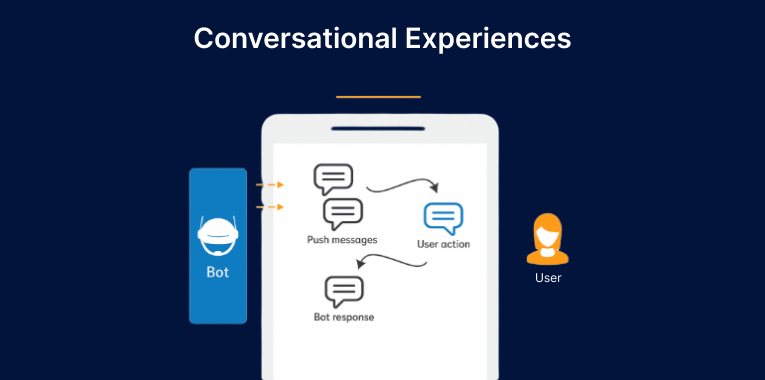
Conversational marketing is about using live chatbots on your website to answer visitors’ questions quickly.
Although using a chatbot can increase conversion by 45%. But it is important to use bots for simple tasks and have a human assist with complex questions, such as pricing.
How to make Conversational Marketing friendly:
- Begin with your most visited and high-intent pages.
- Build decision trees for common questions.
- Test different greetings to find the best tone.
- Connect your chatbot to your CRM.
- Track conversations and improve based on feedback.
10. Community Building:
Community building means bringing people together in an online group. Where they connect, share ideas, and help each other in their business. Although it’s a long-term strategy, but it pays off by providing a steady flow of leads.
1. Choose the right Platform:
- LinkedIn Groups: Good for Professional discussions and networking.
- Facebook Groups: Perfect for reaching a wide range of people.
- Your own platform: Get total control, but it takes more effort to set up.
2. Keeping your community active and fun:
- Post a question or theme weekly.
- Highlight someone’s achievement or helpfulness.
- Get access to special content that they won’t get elsewhere.
- Host expert Q&A sessions.
11. Retargeting and Behavioral Triggers:
97% of people leave your site without taking action. This is where retargeting helps you remind them, with the right message at the right time.
Here’s how it works:
Show the right message based on what they did:
- Homepage visitors: Remind them who you are.
- Pricing page viewers: Show case studies and benefits.
- Blog readers: Offer related helpful content.
- Cart abandoners: Send a quick reminder.
- Demo watchers: Perfect time for your sales team to follow up.
Reach them Everywhere:
- Display ads: Pop up across the website they visit.
- Social media: Show ads where to spend their time.
- Email sequences: Send follow-up based on what they viewed.
- Sales triggers: Alert your sales team when someone looks ready to buy.
Outbound strategies:
In this method, you take the first step and contact people, even if they haven’t heard of you before.
Here’s how you do it:
12. Pay-Per-Click (PPC):
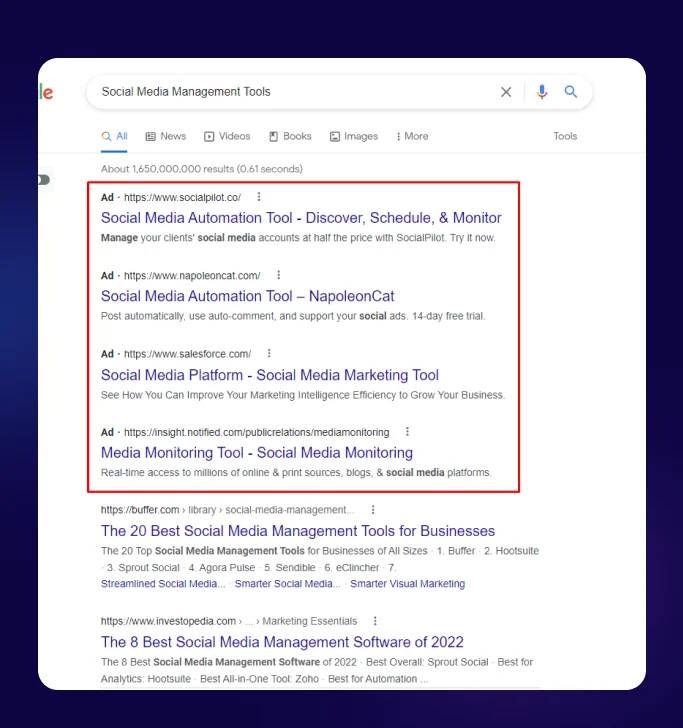
Another strategy is PPC, which helps you rank quickly on search engines or social media among your target customers.
But it can also negatively impact your campaign if not managed properly. As PPC can waste your money very soon because you pay for every click.
How it works:
- Target one keyword per ad group for clarity.
- Write attention-grabbing ads for your business.
- Block irrelevant clicks with negative keywords.
- Let Google test ad versions for the best results.
- Set a budget and optimize your ads based on performance.
13. Account-Based Marketing (ABM):
ABM is a strategy that targets specific high-value companies instead of a broad audience. Because it targets the right account directly, it gives 208% more revenue.
Once you know who to target, you learn everything about them, send them personalized messages, and reach them through many channels. And then your sales and marketing team up and track progress, not lead numbers.
14. Partner and Co-Marketing:
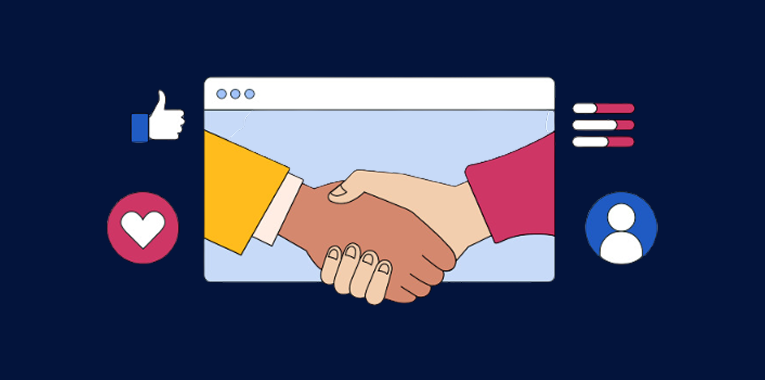
Partner and Co-marketing means teaming up with other companies to reach more people without spending as much. This strategy basically borrows someone else’s credibility and audience.
Easy way to partner up:
- Run webinars together
- Swap blog posts or content
- Share booth at events
- Launch product integrations
- Create reports or studies together
15. Influencer Partnerships:
Influencer partnerships mean teaming up with trusted experts in your industry and target customers who already follow and trust them.
Instead of using big celebrities, B2B companies work with niche influencers who speak directly to the right audience.
7 Common Lead Generation Mistakes to Avoid
Mistake 1. Ignoring the needs of the target audience:
Focusing too much on your product and ignoring the needs of your potential audience is a big mistake. Even the best strategies won’t work if you ignore solving their problem.
Solution: Take time to learn their pain points and show how you can solve them.
Mistake 2. Poor lead nurturing:
If your lead nurturing is not strong, your sales will suffer. The problem? Treating all the leads the same.
Solution: Send the right content at the right time and keep your messaging consistent across channels.
Mistake 3. Too much automation
Replying to your leads with too much automation can make your message feel cold and generic. Prospects want a real and personal solution to their problem.
Solution: Use automation to save time, but add a human touch where required. Such as follow-ups, calls, and personalized replies.
Mistake 4. Set it and forget it:
Many people launch a campaign and then never look at it again. But without regular check-ins, things can stop working without you noticing.
Solution: Keep checking and updating your campaigns to make sure they keep bringing the end goal.
Mistake 5. Lack of sales and marketing alignment:
If your sales and marketing teams don’t talk, leads can get lost or confused. As a result, they may end up working in a different direction.
Solution: Make sure both teams work on the same goal and share the required information.
Mistake 6. Chasing Vanity metrics:
Calculate the number of views and likes, but they may not bring sales. What matters more is how many leads you get.
Solution: Focus on results that lead to sales, not just flashy numbers.
Mistake 7. Taking too long to follow up:
If you wait too long to reply to a lead, they lose interest or go to a competitors. Timing matters more than you think.
Solution: First responder wins 78% of the time, therefore, always follow up fast, ideally within a few minutes.
Final thoughts
Getting leads is not optional, it is necessary.
Because in 2025, leads won’t wait. And neither should you.
Your customers? They are out there right now…. Googling, scrolling, comparing, and clicking.
If you are not showing up with the right offer at the right time… Someone else will.
But now you have these 15 lead generation strategies that big companies follow. Therefore, no need to worry more.
Pick a few that fit your business, try them out, and see what brings results.
